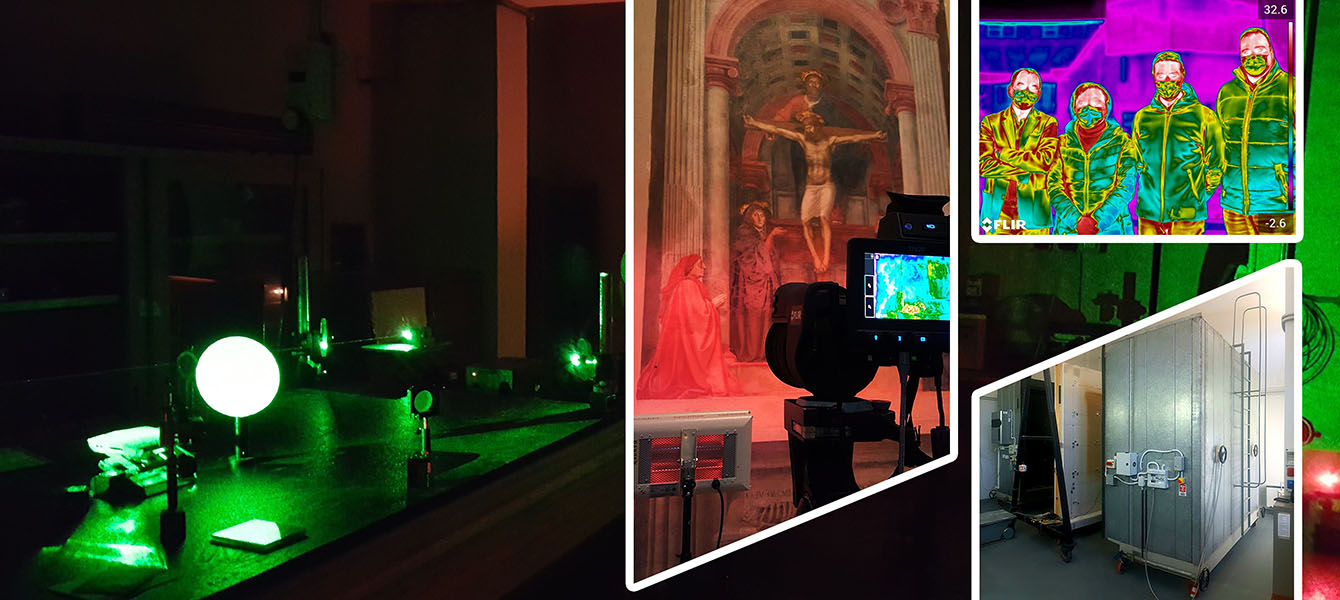
T.O.E. Thermal Sciences & Optical Engineering

The Thermal Sciences & Optical Engineering group manages two laboratories. All research activities involve a continuos collaboration between the two areas.
The LAS.E.R. Laboratory, specialized in Optical Engineering, was founded in 1972. Its major research topics include holographic interferometry, NDT by speckle methods and IR thermography, flow visualization and artwork diagnostics.The Emeritus Head of the LAS.E.R. Laboratory is professor Domenica Paoletti.
The G. Parolini Laboratory, specialized in building physics and lighting, was funded in 1971 as a research structure devoted to applied and technical physics. It was reorganized in its present form in 2016. The G. Parolini Laboratory is headed by professor Dario Ambrosini.









